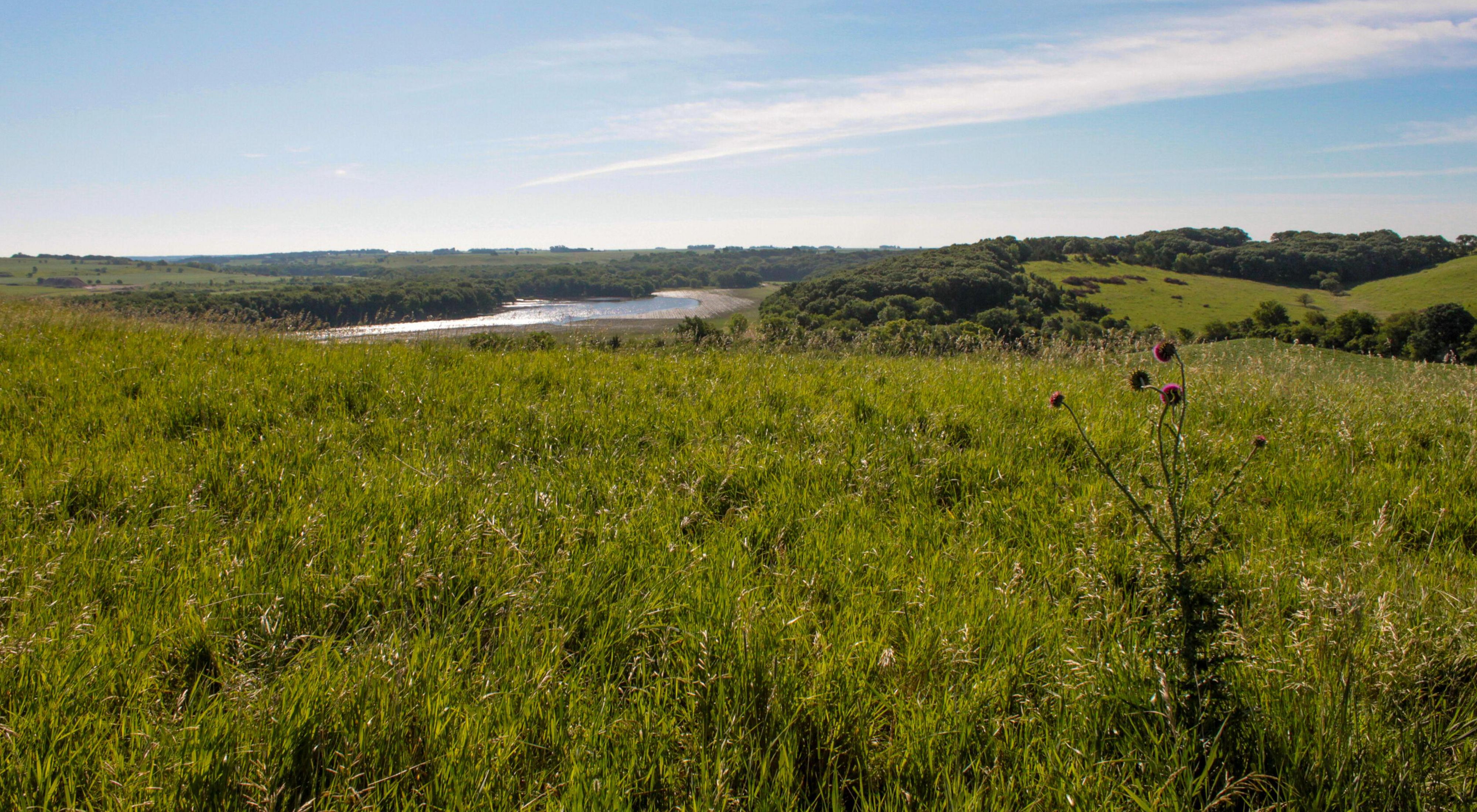The Little Sioux Valley is a priority project area for The Nature Conservancy in Iowa.
From its origin in southern Minnesota, the Little Sioux River winds its way south around the Iowa Great Lakes and through sand and gravel deposits left behind by glaciers 10,000 years ago before eventually making its way to the Missouri River. Prairie, river, lake and wetland systems make up this northwestern Iowa watershed. Once dominated by tallgrass prairie, native prairie remnants still exist and include pothole wetlands, calcareous fens, hill prairies and oak woodlands.
As the largest concentration of prairie remnants outside of the Loess Hills, this area was identified in the 1940s by botanist Dr. Ada Hayden as having some of the best native prairie left in the state. Difficult to farm, but ideal for haying and grazing, significant prairie tracts remain mainly on the slopes, ridge tops and wetlands in the watershed.
Several rare species can be found in the Little Sioux Watershed, including the federally threatened prairie bush clover and western prairie fringed orchid. Prairie grasses and wildflowers abound, along with butterflies and grassland birds such as the dickcissel and bobolink. Iowa’s largest glacial lakes are also within the watershed and attract many species of migratory waterfowl.
Ecological threats to the area include lack of fire, invasive plant species and inappropriate grazing. River, stream and drinking water quality is also a concern in this highly agricultural landscape.
The Nature Conservancy has helped protect more than 3,000 acres in the Little Sioux Watershed. Nature Conservancy preserves in the area include the 110-acre Freda Haffner Kettlehole State Preserve southwest of Okoboji. The preserve contains wet and dry prairies, sedge meadows and wetlands. It contains one of Iowa’s largest glacial “kettleholes,” formed by sediment deposited around a large block of ice that remained after the glaciers retreated. Freda Haffner Kettlehole State Preserve is one of Iowa’s most popular natural areas. Another Nature Conservancy preserve is Glacial Hills Preserve in Buena Vista County, a rugged example of Little Sioux river bluffs containing a high-quality gravel bottomed stream and many prairie plants and animals. The Nature Conservancy’s long-term goals for the Little Sioux Watershed are to work with private landowners and partners to increase the use of prescribed fire and sustainable grazing as management tools and to conserve, restore, and connect native prairie habitats in the area.

Find More Places We Protect
The Nature Conservancy owns nearly 1,500 preserves covering more than 2.5 million acres across all 50 states. These lands protect wildlife and natural systems, serve as living laboratories for innovative science and connect people to the natural world.
